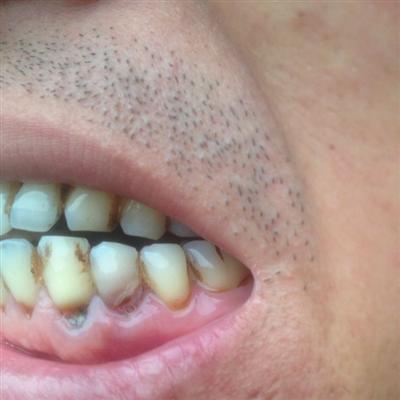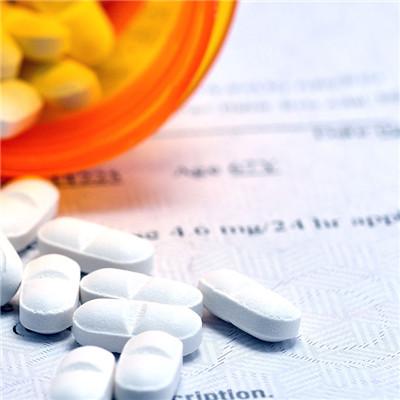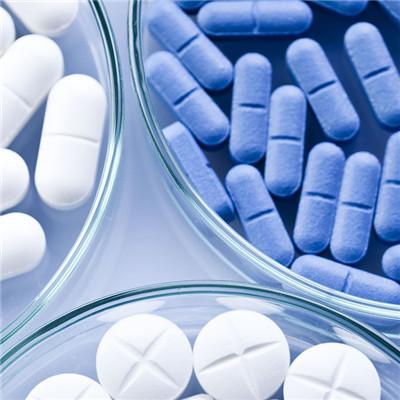What is acute severe cholangitis?
summary
Acute cholangitis generally refers to the acute inflammation of the biliary system caused by bacterial infection, often accompanied by biliary obstruction. When the biliary obstruction is complete and the bacterial infection in the biliary tract is severe, severe clinical symptoms may appear, such as shivering, high fever, jaundice, septic shock and neuropsychiatric symptoms.
What is acute severe cholangitis?
The common causes of biliary obstruction were primary bile duct stones and intrahepatic bile duct stones, followed by biliary stricture and biliary Ascaris. Cholangiocarcinoma may also occur. Biliary tract infection, abdominal pain, fever, chills, jaundice, abdominal physical examination, peritoneal irritation symptoms, gallbladder effusion can touch the gallbladder, but intrahepatic bile duct obstruction caused by cholangitis abdominal no specific signs. The change of vital signs is an important basis for the diagnosis of severe cholangitis.
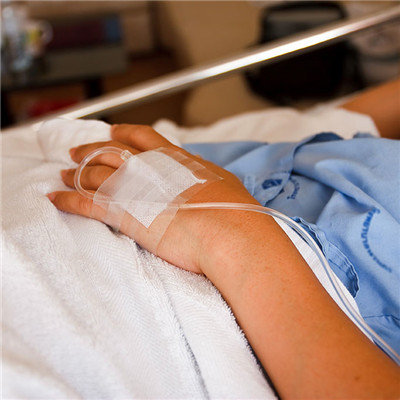
The main causes of death of patients with acute severe cholangitis are sepsis, toxic shock, biliary liver abscess, biliary hemorrhage, multiple organ failure and other serious development of the disease. The severity and harmfulness of ACST are systemic. Among all kinds of pathological changes in the body, there are very few such serious damages as biliary obstruction and infection. It is difficult to effectively reduce the mortality rate of more than 10%, which fully proves its harmfulness. Toxic shock, liver abscess, hemobilia and multiple organ failure can be caused by ACST, but it is not or no longer the ACST lesion itself, but the subsequent lesion and injury of ACST.

The pathological basis of ACST is biliary obstruction and infection. In the pathophysiological changes, intrabiliary hypertension, sepsis and toxemia, endotoxemia and hyperbilirubinemia lead to complex and serious disorder of systemic metabolism and internal environment. These factors are related to each other, damage the liver, kidney, lung, gastrointestinal, coagulation factors and the central nervous system, so that the damage of organ histology and organ function are produced one after another. Clinically, the more acute the onset, the more serious the condition, the longer the course of disease, the more serious the damage, and the higher the incidence and mortality of shock.
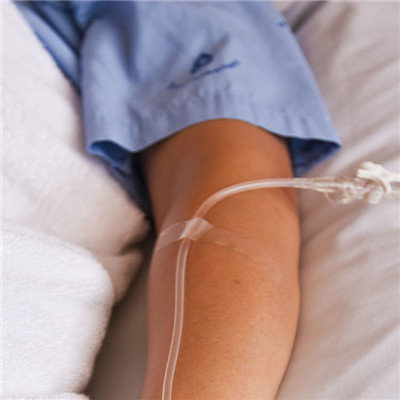
matters needing attention
Attention 1. The severe clinical process caused by severe cholangitis is mostly related to the high pressure in the bile duct system and the infectious substances in the bile directly enter the hepatic blood flow through the liver cell barrier of the capillary bile duct. 2. The development of severe acute cholangitis is sometimes extremely rapid, so active measures should be taken early. Early biliary drainage and decompression is the basic measure to reduce the mortality. Early drainage within 24 hours after the onset of the disease, the mortality is generally low. However, it is difficult to solve the problem of extensive intrahepatic bile duct stones or hepatobiliary stricture. 3. Avoid complicated operation in emergency operation, and pay attention to whether the obstruction is relieved. 4. New technology: 1) nasobiliary drainage 2) gallbladder puncture drainage, PTCD, etc.






